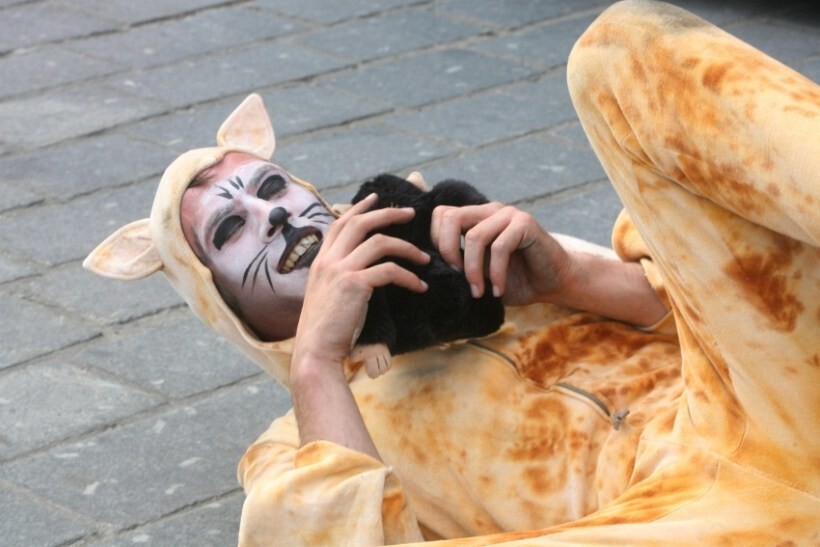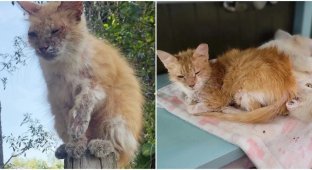A bloody medieval custom that marked the beginning of a touching cultural tradition (9 photos)
The main thing is to admit your mistakes in time and not make them in the future. As the residents of the Belgian city of Ypres did. 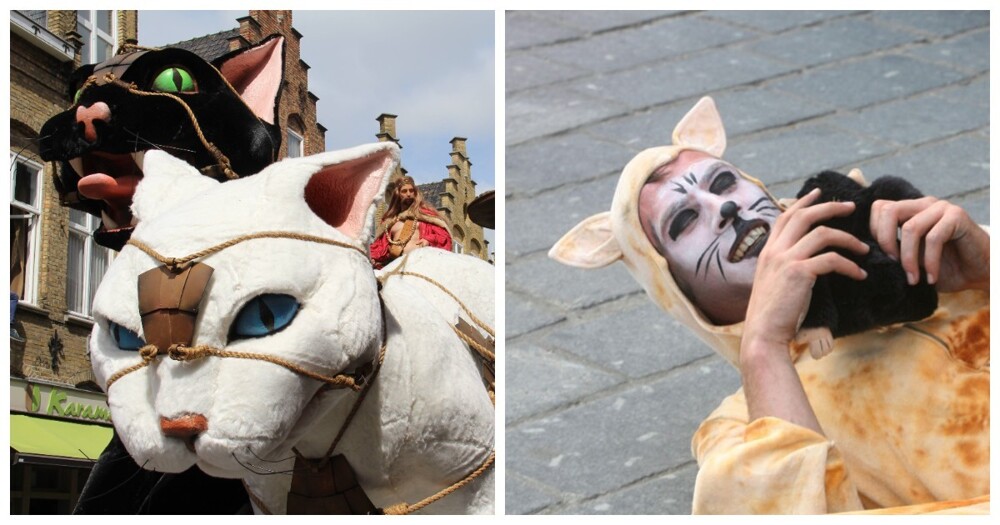
For a long time, starting somewhere in the 1400s (although according to unofficial sources, the custom originated two centuries earlier), in this town, famous for its cloth production, in the second week of Lent, local residents threw all the caught mustaches from the bell tower of the Church of St. Martin. Fanatics believed that the more cats fly down and crash, the more prosperous and rich life will become.
Origins of the tradition 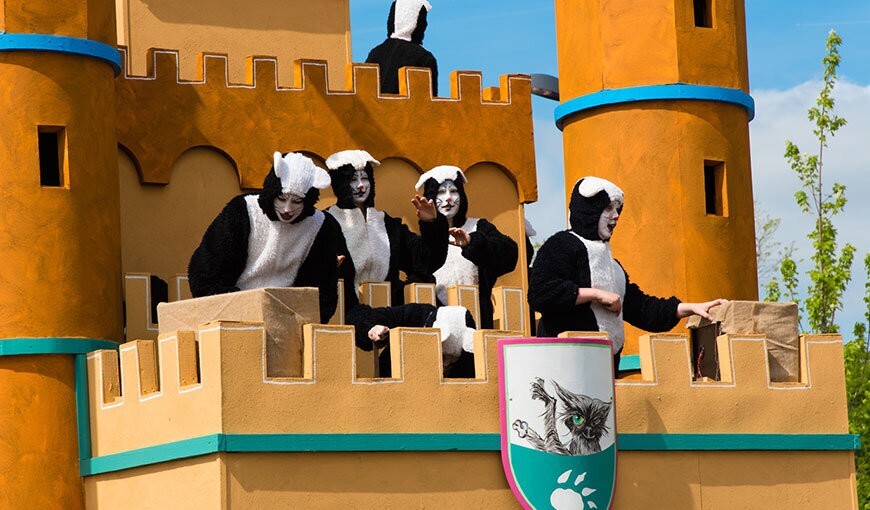
The production of cloth followed by tailoring has long been the basis of local production and economy. Wool was brought to Ypres from Britain. The material was stored in warehouses while it was gradually bought up by local weavers. 
Naturally, natural wool is a paradise for mice: warm, cozy, you can chew on it and make a nest. Rodents multiplied at a catastrophic rate. And it was decided to call in cats to fight the squeaking horde. 
The tailed helpers quickly coped with the problem, preventing bankruptcy and starvation. But they began to breed so actively that soon the streets of the city were already swarming with stray cats of all sizes and colors.
Whose “bright” mind came up with the idea to fight animals in such a terrible way - it’s impossible to recognize it after centuries. But the fact remains a fact.
Happy cat 
This continued until 1817. Either the cat gods were tired of watching the cat throwers, or it was just a coincidence. But the animal, thrown from the bell tower that year, not only survived, but also, standing on all four paws, cheerfully galloped away, alive and unharmed.
Clothmakers and other weavers scratched the pumpkins and saw a sign and a miracle. They stopped dropping cats, and “cat Wednesday” was celebrated simply by ringing bells. 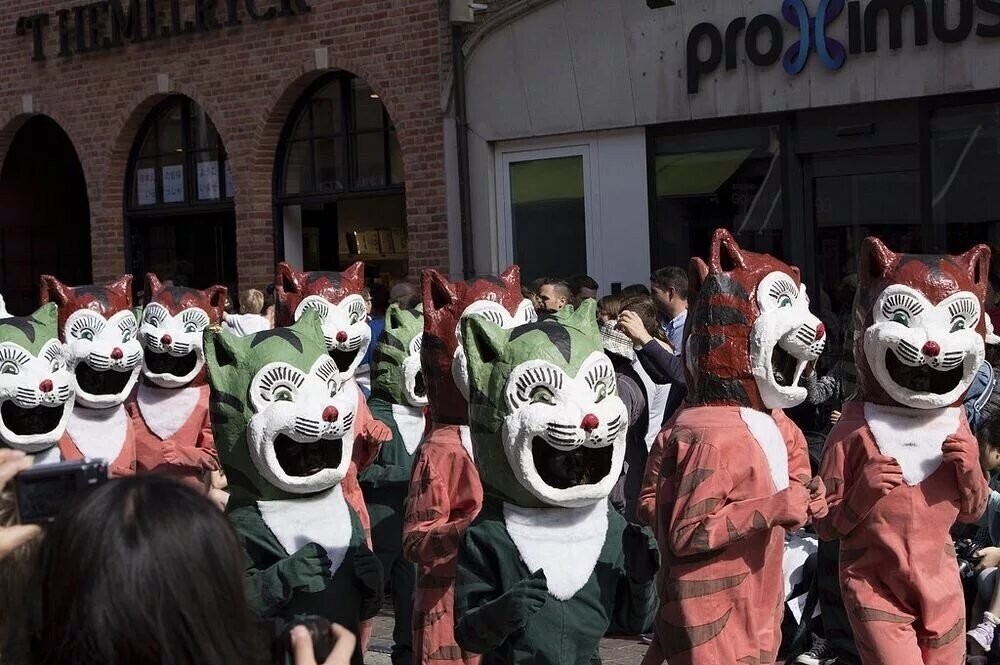
Residents organized the first “Cat Parade” in 1938. Then came the difficult time of wars. And only in 1946 the tradition was resumed, organizing a mock trial and throwing toy animals from a height.
Gradually, the event went beyond the boundaries of just a local holiday. In 1955, one and a half thousand extras in cat robes, as well as giant figures of cats, took part in the procession. 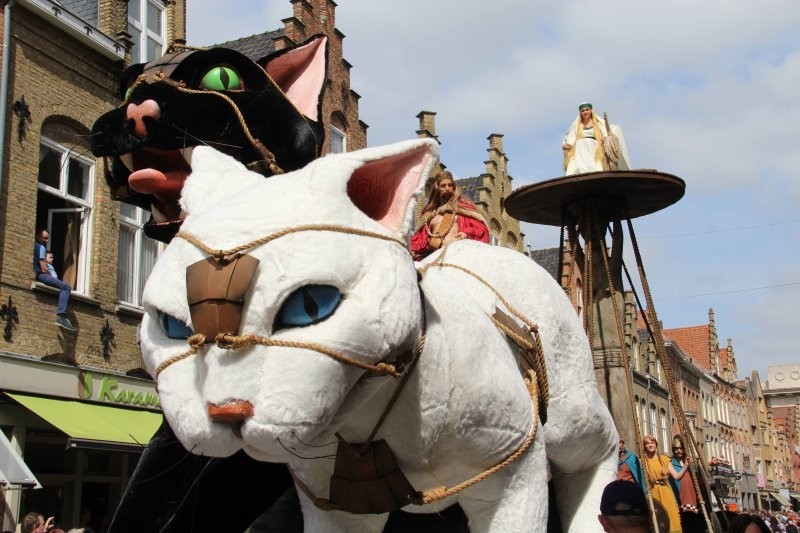
With the popularization of the holiday, which became a kind of hope for the future and connected times and eras, expenses also grew. In order not to give up on its scope (by that time the “Cat Parade” included numerous exhibitions, musical performances and performances, and even a carnival), they decided to hold it once every three years, on the second Sunday of May. 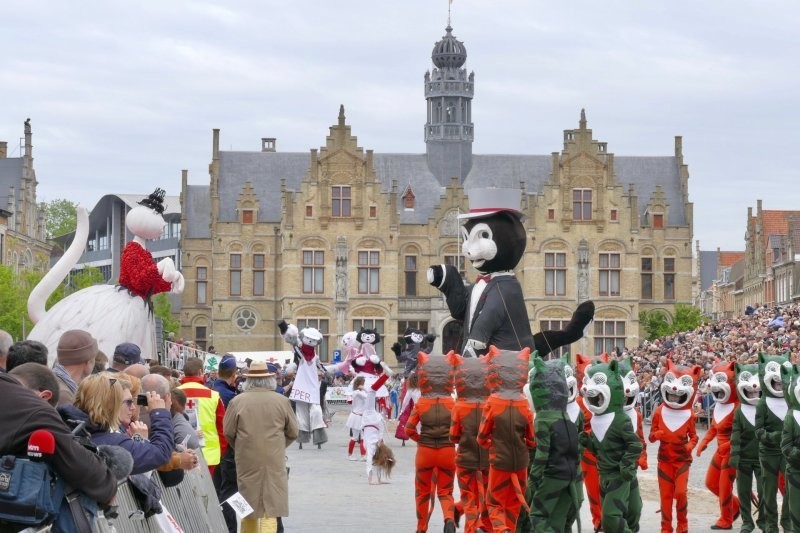
The holiday ends with the constant throwing of small plush cats from the tower. It is believed that the one who managed to catch the toy will find good luck and happiness with it. 